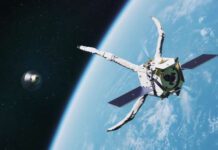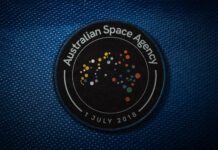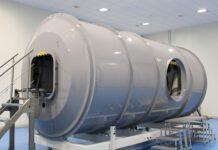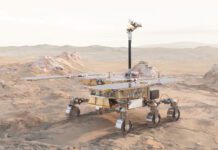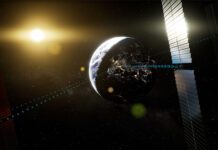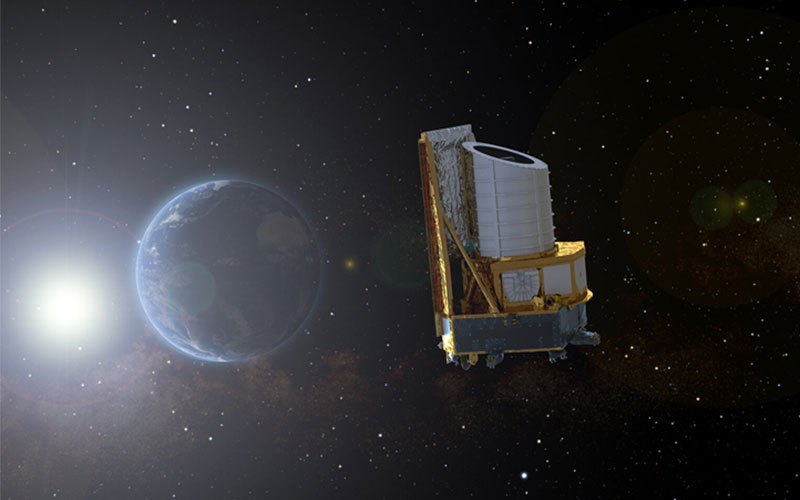
A procedure to de-ice the Euclid space telescope’s optics has performed significantly better than hoped, achieving a 15% gain in sensitivity.
Euclid was launched aboard a SpaceX Falcon 9 in July 2023 on a mission to explore the composition and evolution of the dark universe. During its commissioning, operators noticed a slight but progressive decrease in the amount of light coming from stars that had been repeatedly observed by the telescope. The cause of this loss of sensitivity was determined to be thin layers of ice covering the telescope’s optics.
Spacecraft are built in clean rooms that require maintaining a relative humidity of around 50% to prevent sparks that could damage electronics. A consequence of this humidity is that it results in some materials, like multi-layer insulation, absorbing small amounts of water. According to the Euclid Consortium, multi-layer insulation, in particular, can absorb up to 1% of its mass in water.
Once in the vacuum of space, the absorbed water leaches out and then freezes on the first surface it comes in contact with. In this case, it was Euclid’s highly sensitive optics. To illustrate just how sensitive the telescope’s optics are, the layer of ice that affected them is approximately the width of a strand of human DNA.
In mid-March, ESA announced that it had found a solution to its Euclid’s ice problem. The procedure proposed would see the telescope’s mirrors be warmed in small batches. After each mirror was warmed, operators would check to see if there had been any change. This approach was necessary to ensure minimal impact on the telescope’s delicate thermo-optical stability.
In a 26 March update, ESA announced that after the very first two mirrors were warmed by just 34 degrees, Euclid’s sight was restored, with the telescope’s optics achieving a 15% gain in sensitivity. The process only took a few minutes, with the mirror being warmed from -147 to -113 degrees. The procedure was so successful that it has given operators the confidence to repeat it every couple of months, if necessary, without much impact on Euclid’s six-year survey.
“We expect ice to cloud the VIS instrument’s vision again in the future,” explained Reiko Nakajima, Euclid VIS instrument scientist. “But it will be simple to repeat this selective decontamination procedure every six to twelve months and with very little cost to science observations or the rest of the mission.”

